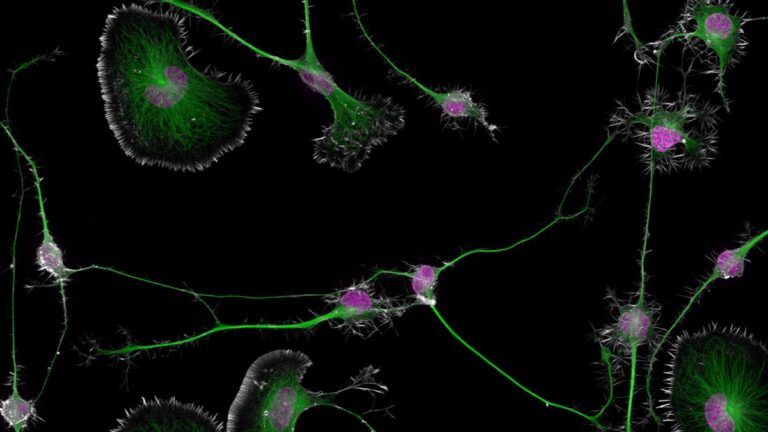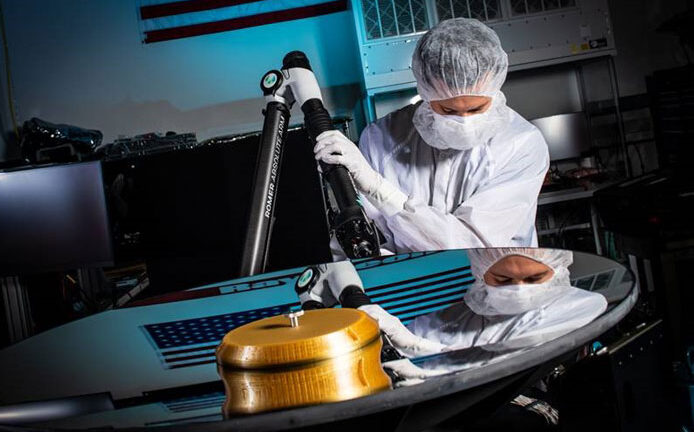For the strongest disc golf throws, it’s all in the thumbs
When Zachary Lindsey, a physicist at Berry College in Georgia, decided to run an experiment on how to get the best speed and torque while playing disc golf (aka Frisbee golf), he had no trouble recruiting 24 eager participants keen on finding science-based tips on how to improve their game. Lindsey and his team determined the optimal thumb distance from the center of the disc to increase launch speed and distance, according to a new paper published in the journal AIP Advances.
Disc golf first emerged in the 1960s, but “Steady” Ed Hendrick, inventor of the modern Frisbee, is widely considered the “father” of the sport since it was he who coined and trademarked the name “disc golf” in 1975. He and his son founded their own company to manufacture the equipment used in the game. As of 2023, the Professional Disc Golf Association (PDGA) had over 107,000 registered members worldwide, with players hailing from 40 countries.
A disc golf course typically has either nine or 18 holes or targets, called “baskets.” There is a tee position for starting play, and players take turns throwing discs until they catch them in the basket, similar to how golfers work toward sinking a golf ball into a hole. The expected number of throws required of an experienced player to make the basket is considered “par.”
There are essentially three different disc types: drivers, mid-rangers, and putters. Driver discs are thin and sharp-edged, designed to reduce drag for long throws; they’re typically used for teeing off or other long-distance throws since a strong throw can cover as much as 500 feet. Putter discs, as the name implies, are better for playing close to the basket since they are thicker and thus have higher drag when in flight. Mid-range discs have elements of both drivers and putters, designed for distances of 200–300 feet—i.e., approaching the basket—where players want to optimize range and accuracy.
For the strongest disc golf throws, it’s all in the thumbs Read More »

























